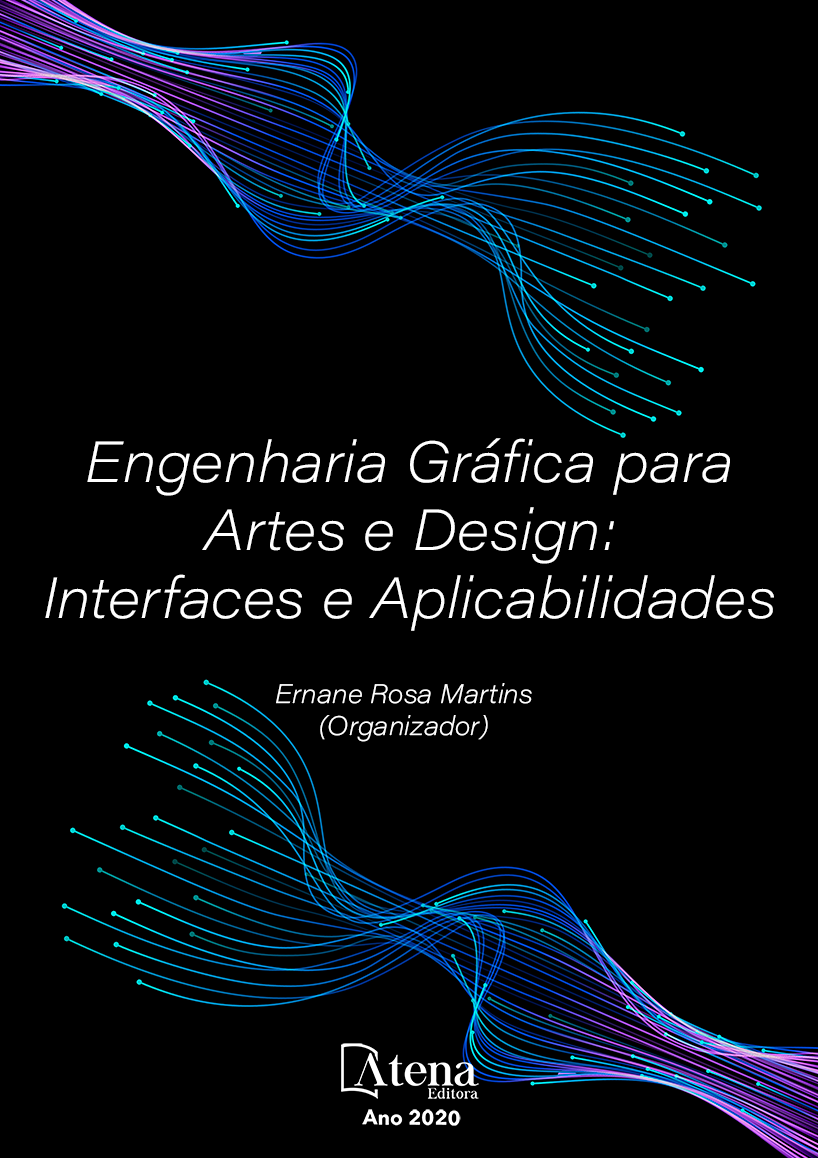
MODELAGEM ARQUITETÔNICA, PROJETO DIGITAL E AÇÕES COLABORATIVAS
Este trabalho apresenta as potencialidades da modelagem arquitetônica no processo de ensino na disciplina Fundamentos para Modelagem dos Sistemas Estruturais - EAU, incorporando novos métodos de aprendizados utilizando os processos de referencias circulares. A baixa qualidade dos projetos em termos de design, de representação e de compatibilização ainda são os principais problemas na arquitetura. A despeito dos modelos CAD, BIM e demais softwares, detectamos erros nos diversos tipos de projetos (arquitetura – estrutura – instalações prediais, etc.). A origem desses ocorre de forma sistemática em função do desconhecimento das possibilidades estruturais e digitais associadas à não valorização dos sistemas de modelagem e das ações colaborativas integradas neste processo que podem ser experimentados já no inicio da formação do futuro arquiteto. As experiências e os trabalhos realizados demonstra que esta combinação reforça os conceitos teóricos aumentando de forma significativa o potencial criativo em integração com o aprendizado dos sistemas estruturais.
MODELAGEM ARQUITETÔNICA, PROJETO DIGITAL E AÇÕES COLABORATIVAS
-
DOI: 10.22533/at.ed.24120270711
-
Palavras-chave: modelagem, projeto digital, ações colaborativas.
-
Keywords: modeling, digital project, collaborative actions.
-
Abstract:
This article presents the potentialities of architectural modeling in the learning process of Fundamentals of Structural Systems Modeling discipline - EAU, incorporating new learning methods, making use of circular references processes. The low quality of the projects in terms of design, representation and compatibility still are the major problems in architecture. Despite of CAD, BIM and other modeling software, mistakes were detected in many types of projects (architecture – structure – building installations, etc.). The origin of these occurs in a systematic way, due to the lack of knowledge of the structural and digital possibilities, associated with the non-valuation of the modeling systems and the collaborative actions integrated in this process, which can be experienced already at the beginning of the future architect's formation. The experiences and the tasks performed demonstrate that this combination reinforces the theoretical concepts, enhancing significantly the creative potential in integration with the learning of structural systems.
-
Número de páginas: 12
- Ivan Silvio de Lima Xavier


